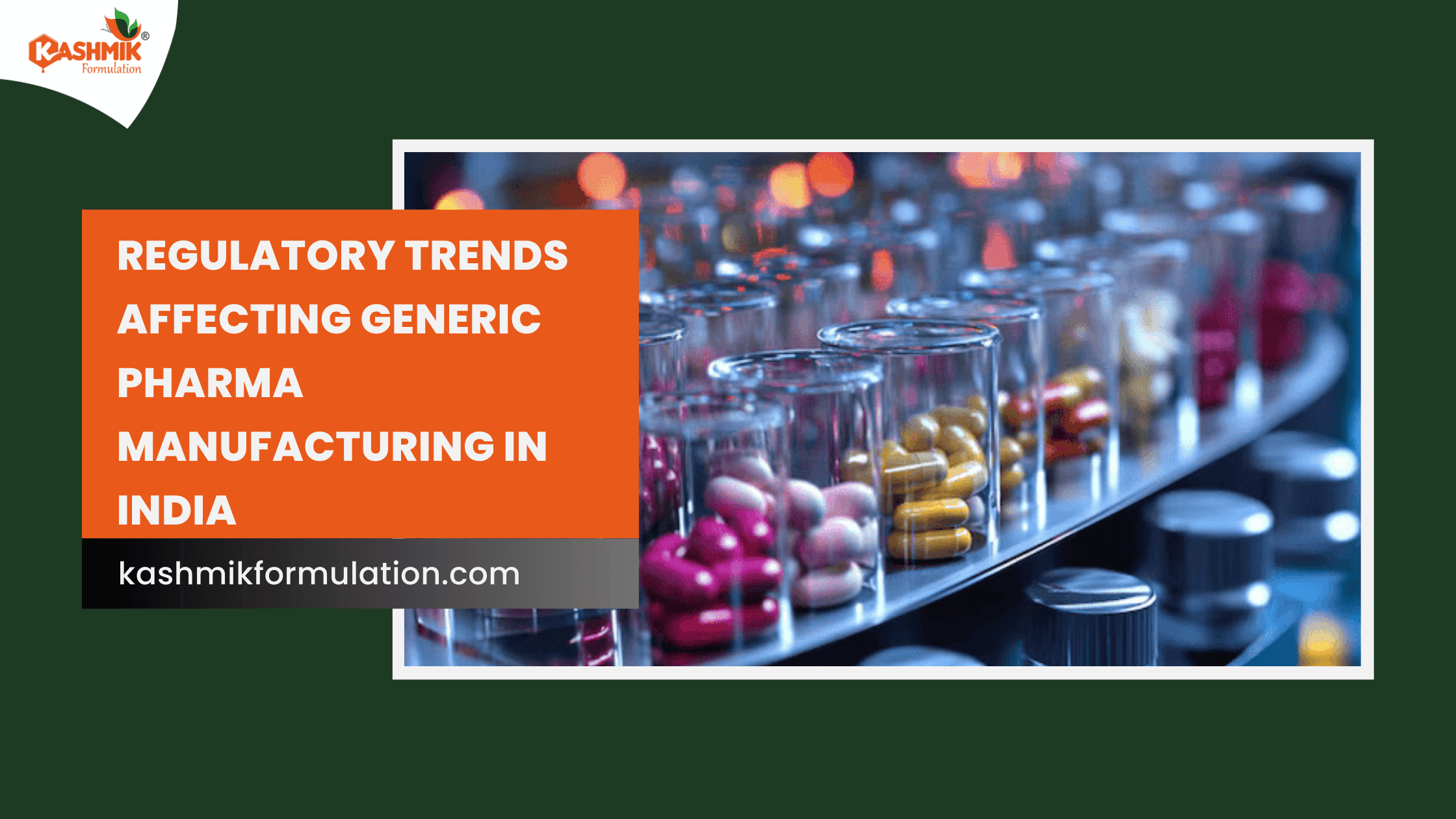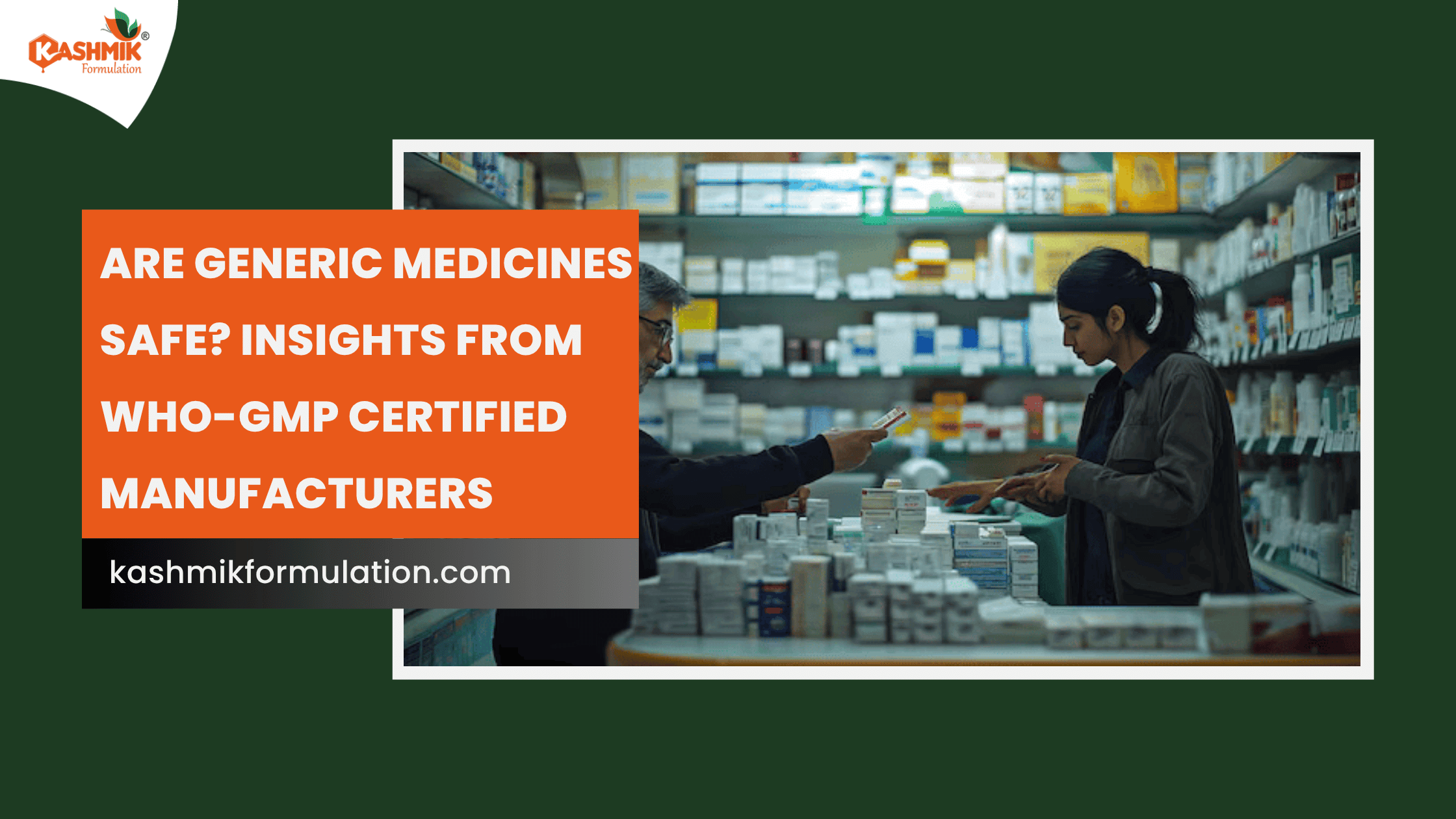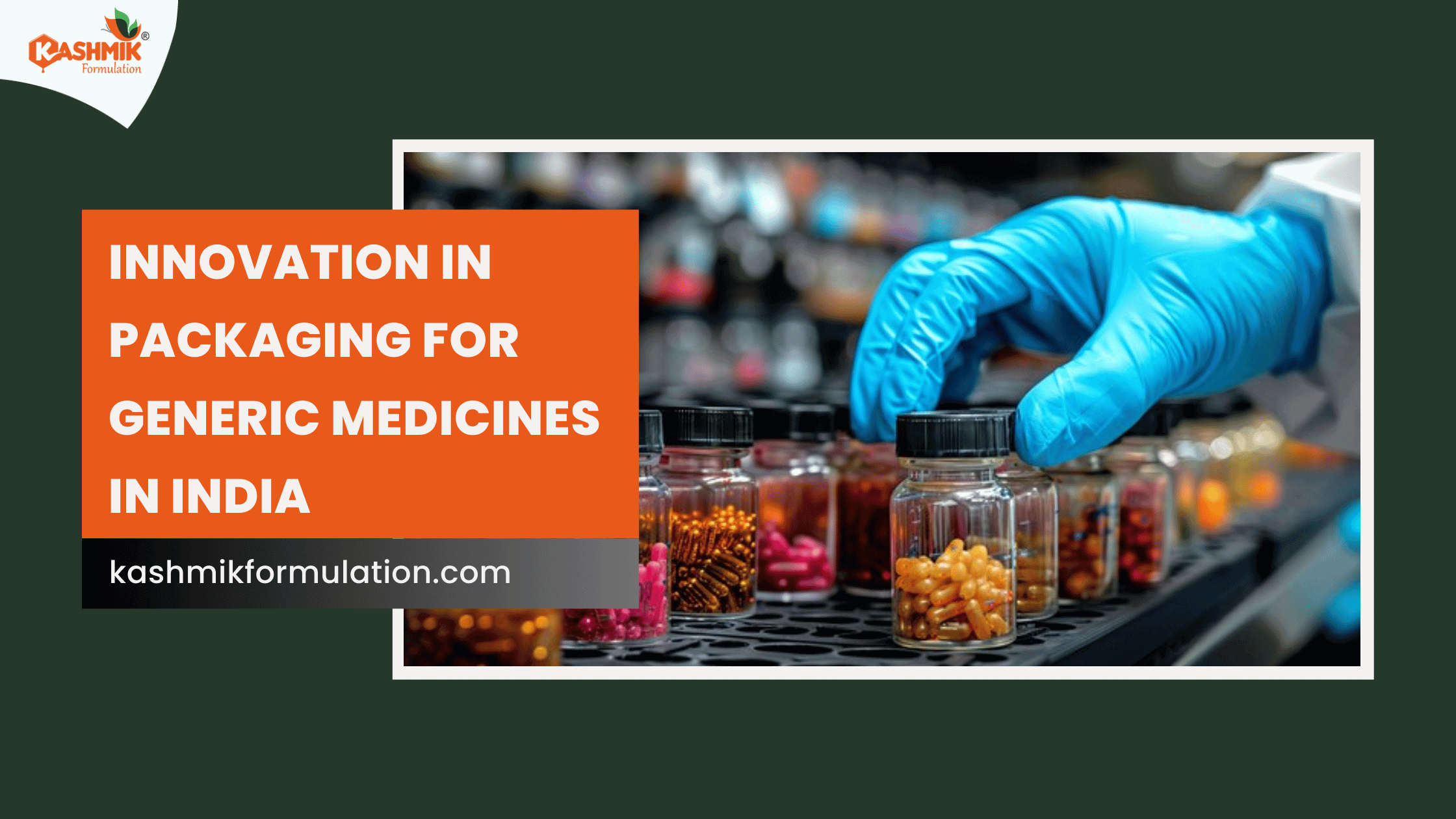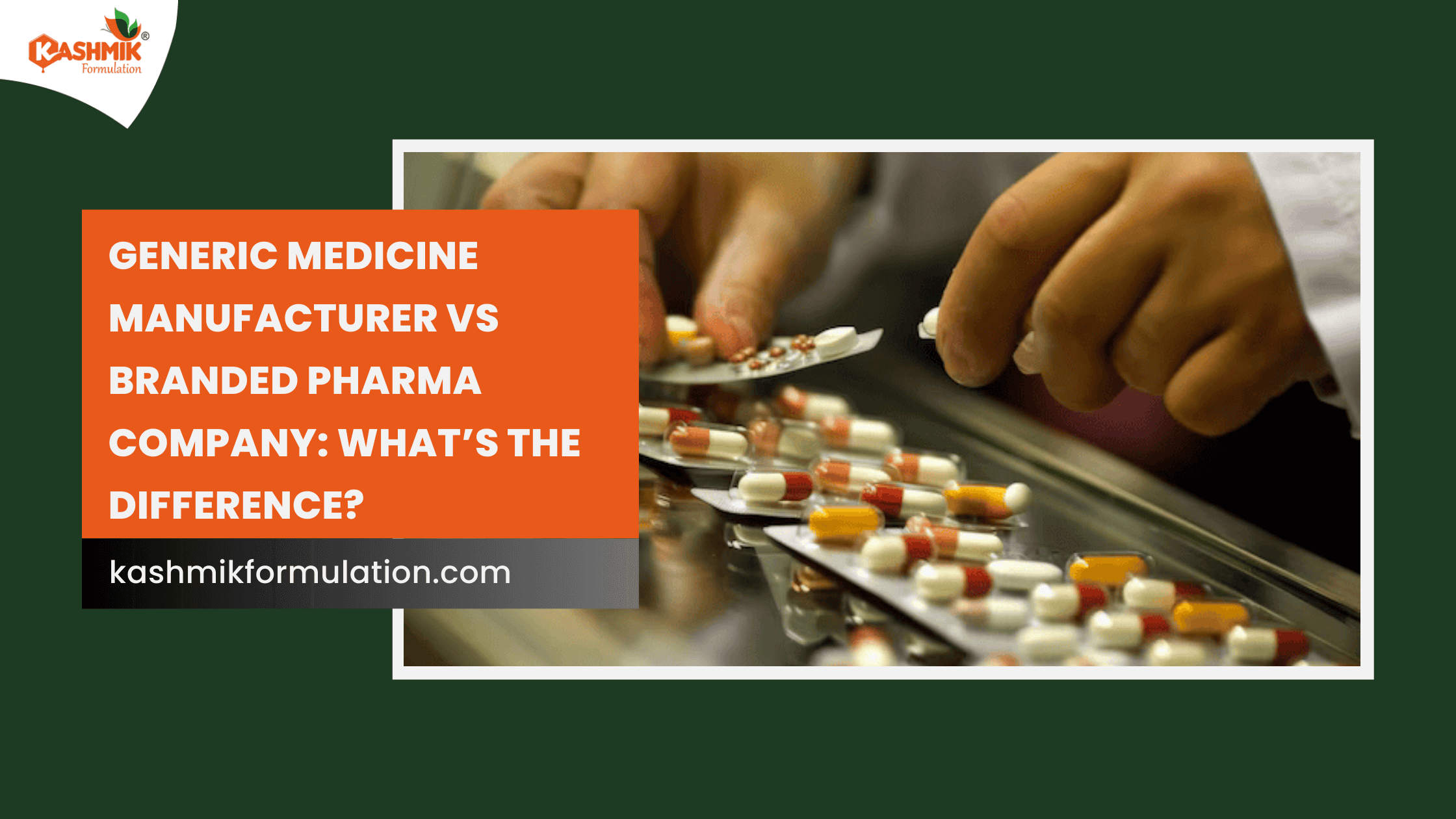The Indian pharmaceutical industry is one of the biggest in the world, known for producing affordable and high-quality generic medicines. In fact, India supplies nearly 20 percent of global generic drugs. However, this massive industry is closely tied to ever-changing regulations and government policies that impact everything from manufacturing to export.
Whether you’re a Ahmedabad pharma company or a manufacturer in India, staying updated on regulatory trends is not just a choice, it’s a necessity.
Let’s dive into the major regulatory changes and trends currently shaping the generic pharma manufacturing landscape in India.
1. Strengthening of GMP Standards
India has adopted revised Schedule M guidelines to bring Good Manufacturing Practices (GMP) in line with international standards like WHO-GMP and PIC/S. This move is aimed at improving quality and boosting exports.
For generic drug manufacturers, this means:
- Upgraded manufacturing infrastructure
- Better documentation and traceability
- Focus on training and compliance
Many manufacturers, including reputed names like Kashmik Formulation, are already WHO-GMP certified and committed to global quality benchmarks.
2. Centralised Online Licensing System
To improve transparency and reduce delays, the Indian government has launched an online drug licensing system through SUGAM, a portal managed by the Central Drugs Standard Control Organisation (CDSCO). This allows pharma companies to:
- Apply for drug approvals and renewals online
- Track application status in real time
- Upload compliance documents digitally
This system reduces red tape and makes it easier for companies to scale their manufacturing of generic medicines.
3. Emphasis on Pharmacovigilance
Pharmacovigilance, or drug safety monitoring, is gaining a strong foothold in Indian regulations. Generic medicine manufacturers must now:
- Report Adverse Drug Reactions (ADRs)
- Maintain pharmacovigilance records
- Regularly update drug safety profiles
The Pharmacovigilance Programme of India (PvPI) is actively monitoring all pharma manufacturers, including generic drug producers. This increases consumer trust and ensures safe consumption.
4. Product Patent Compliance
While generic medicines are usually produced after the expiry of a brand-name drug’s patent, India has become stricter about product patents and intellectual property rights post-TRIPS agreement (Trade-Related Aspects of Intellectual Property Rights).
Manufacturers now need to:
- Perform strict patent searches before developing generic versions
- Avoid infringement lawsuits
- Partner with R&D firms for reverse engineering of drugs
Ahmedabad, being a hub of many R&D-backed pharma firms, is home to manufacturers like Kashmik Formulation who understand these requirements well.
5. Barcode and Track-and-Trace Systems
To curb counterfeit medicines, the government has made barcoding mandatory for pharmaceutical exports and is planning to expand this for the domestic market too.
This system helps:
- Verify drug authenticity
- Track supply chain details
- Ensure end-to-end transparency
Generic medicine manufacturers are expected to implement barcode solutions across all product levels: primary, secondary, and tertiary packaging.
6. Focus on Environment-Friendly Manufacturing
Pharma manufacturing is also being regulated from an environmental compliance perspective. The Ministry of Environment, Forest and Climate Change (MoEFCC) and Pollution Control Boards are enforcing:
- Zero Liquid Discharge (ZLD) norms
- Proper waste disposal methods
- Green chemistry techniques
Generic drug makers are encouraged to adopt eco-friendly processes to meet both national and international expectations.
7. Regulatory Push for Generic Prescriptions
The Indian government has issued several advisories to doctors, encouraging them to prescribe generic medicines instead of branded ones. This benefits the public and opens up opportunities for:
- Increased domestic demand for generics
- More retail partnerships
- Direct-to-consumer pharma branding
Pharma companies who manufacture cost-effective, high-quality generics are in a strong position to grow under these new regulations.
8. Scheme Support for Generic Drug Production
Under initiatives like Jan Aushadhi Yojana, the government is pushing affordable generics through public-private partnerships. Generic medicine manufacturers can supply medicines to over 9,000 Jan Aushadhi Kendras across India.
This opens up a high-volume, high-impact distribution channel for companies like Ahmedabad pharma company Kashmik Formulation, which is known for efficient third-party manufacturing.
Conclusion
Regulatory changes are not hurdles, they are stepping stones for better quality, more transparency, and higher consumer trust. For any Ahmedabad pharma company involved in generic medicine manufacturing, staying compliant is the only way to remain competitive both in the Indian and international markets.
At Kashmik Formulation, we embrace these changes and continuously upgrade our systems, processes, and facilities to stay ahead of the curve. As India continues to evolve as a pharma powerhouse, those who align with the latest regulatory standards will be the ones who lead the future.





